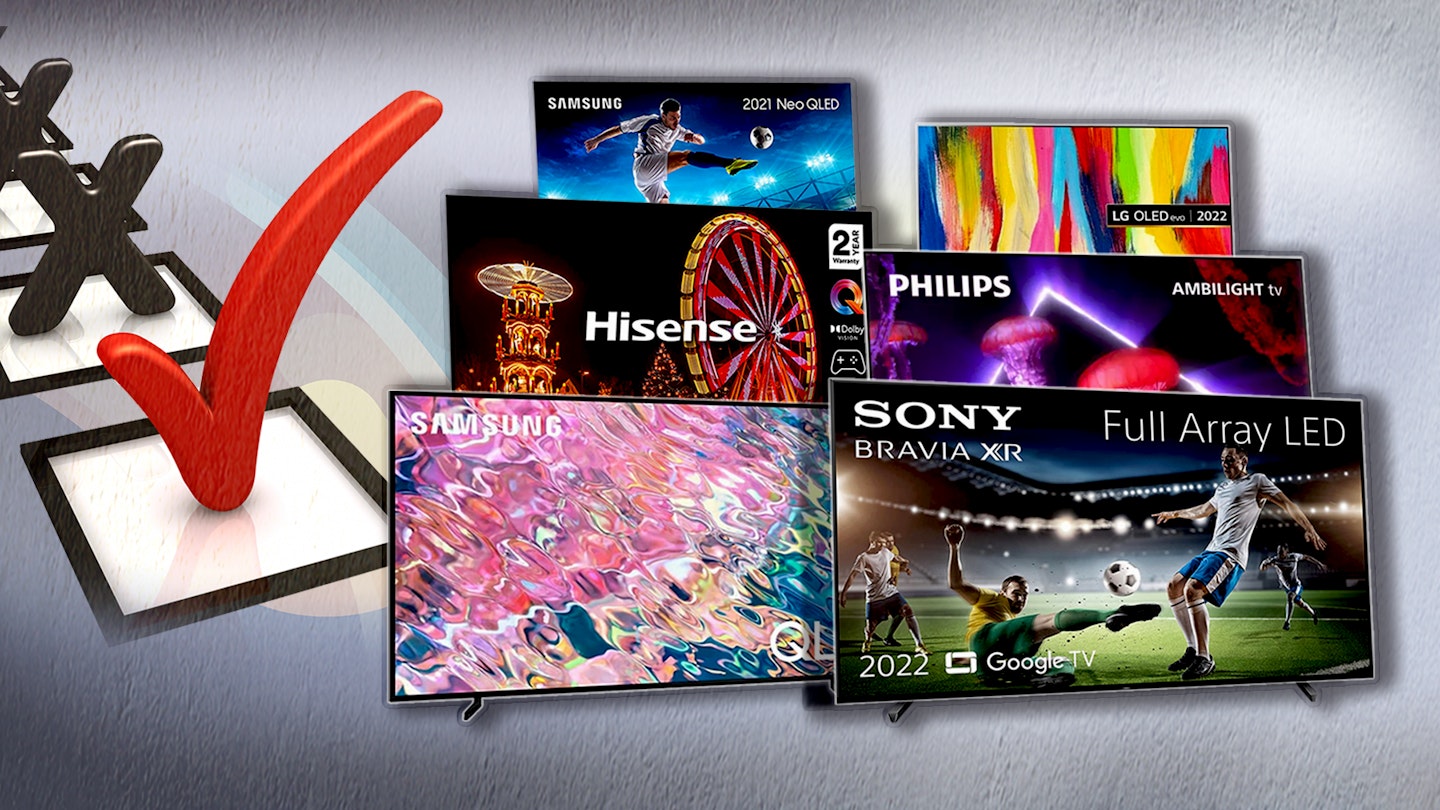When searching for the best TVs of the year, it can be tough to know precisely what you need, and especially which TV brand to trust. From budget TVs to gigantic wall-sized OLED TVs, each and every television brand offers unique technology with distinctive features and strengths, but choosing which TV brand is best for you might require some assistance.
Whether it's price range, brand trustworthiness, or pure style, the best TV brands of the year have it all – and discerning what’s the best for you can help alleviate your shopping stress and pinpoint a beautiful screen for your soon-to-be home cinema.
The modern television market, however, is utterly flooded with 4K televisions of many shapes and sizes. Sony, Samsung, LG, and Hisense, some of the biggest TV brands in the world are constantly creating new technology, leaving many confused by an excess of jargon.
That’s why we’re here, to wade through the jargon and find the ultimate TV brand for you – regardless of if you’re looking for the best 43-inch TV or a dazzling QLED TV.
Shop TV deals on: Amazon | John Lewis | Currys | AO | Appliances Direct
Samsung
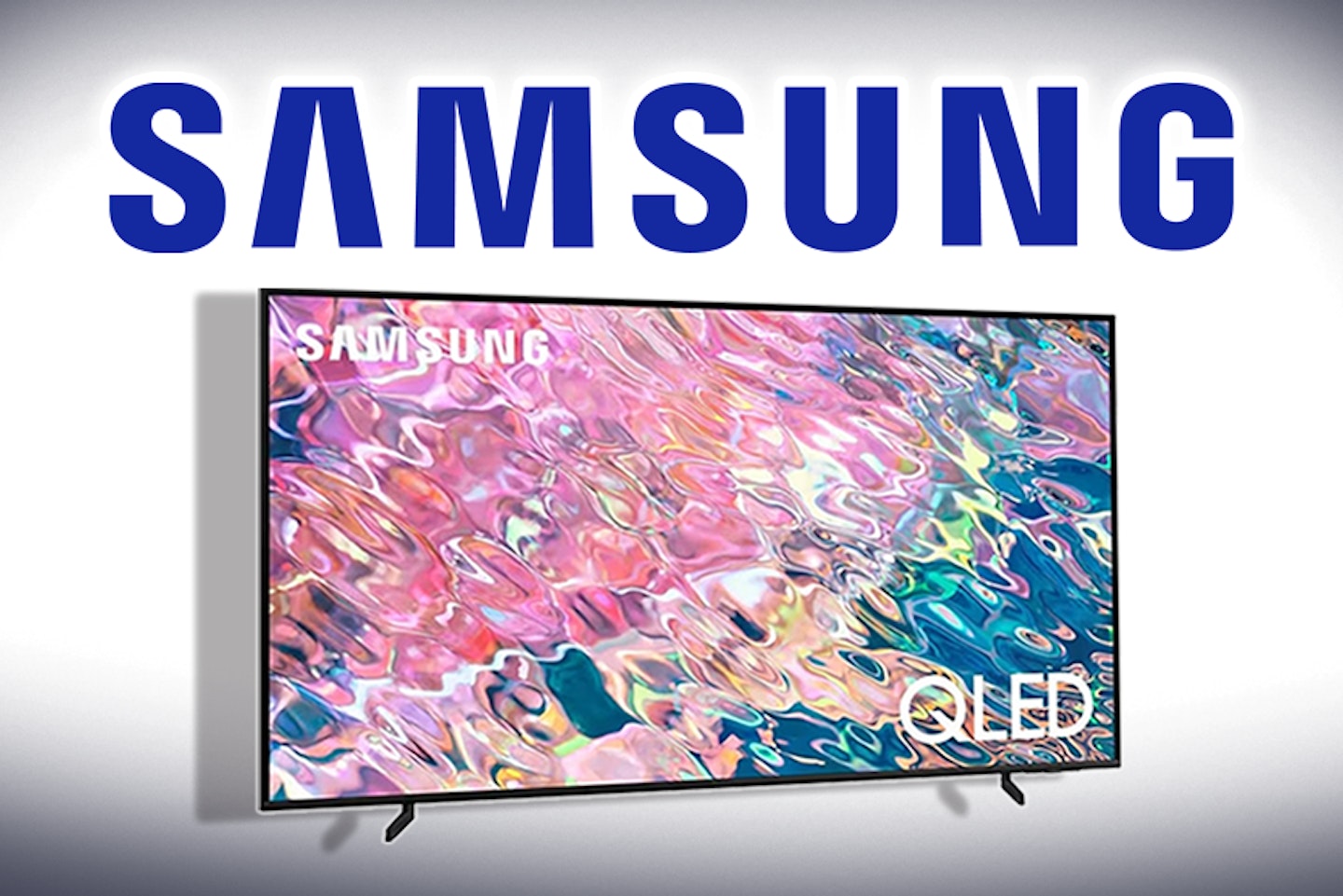
To say that Samsung is a well-known brand is something of an understatement. The South Korean manufacturing giant is famous for a truly staggering range of electronic technologies, from industrial components to semiconductors and, of course, bleeding-edge television display panels.
It’s been around since 1938 and since then, stores the world over feature their impressive range of shiny new 4K and 8K TVs for our eyes to feast on.
Our experts find themselves consistently awarding Samsung TVs high-end review scores, simply because they’re just that good at what they do. As the number one market leader in this field, Samsung is responsible for pushing the envelope by developing display tech like QLED and now QD-OLED - a hybrid of both OLED and QLED.
Samsung also seems to score highly in the design, build and usability stakes, with some of the thinnest most gorgeous-looking TVs available today; running on its proprietary Tizen operating system.
Innovations like its ‘The Frame’ television reinvents the whole concept of a TV set; turning it into a work of art instead of just another piece of kit. Having earned its place as a forward-thinking and exciting brand, Samsung is set to be around for a long, long time.
Hisense
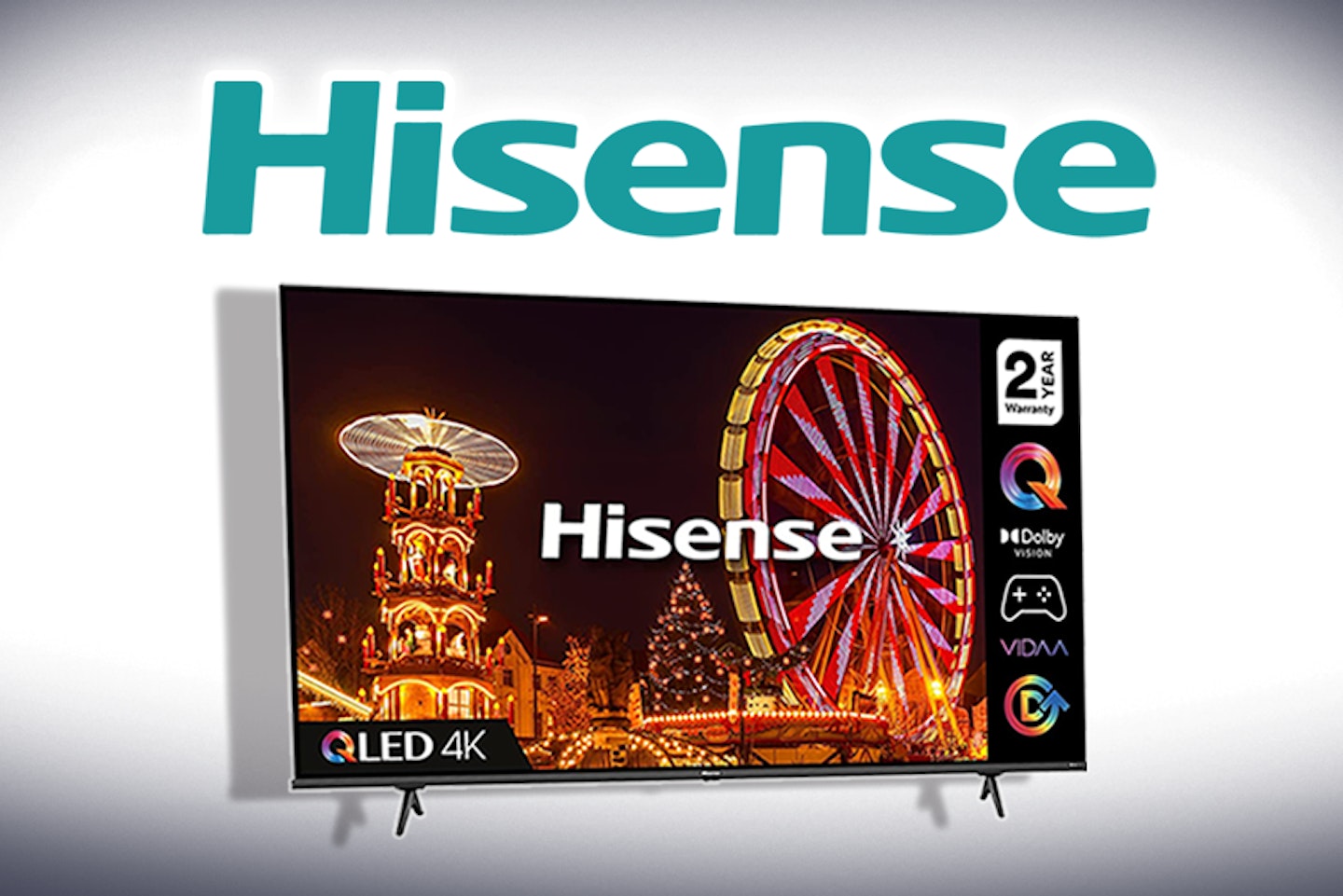
Hisense is one of those TV brands that has taken everyone by surprise in recent years. Like us, you may be surprised to know that the Chinese manufacturer has actually been around since 1994, having started out building televisions by snapping up production lines from other manufacturers.
A short few years later and with a huge range of consumer electronics and home appliances on offer, Hisense TVs have become a brand to be reckoned with.
Hisense’s key selling point is its true balance of affordability and solid, reliable quality. It’s not often that a manufacturer known for such low-cost excellence can transcend the rather unfair ‘cheap’ label - but Hisense has done just that.
With 60-inch TV screens and beyond, plus the latest QLED and OLED panels, Hisense has cornered the affordable end of the market. Consistently over-delivering on spec has created millions of happy customers who are looking for a great deal on the latest TV tech.
LG

LG really does live up to its ‘Life’s Good’ brand slogan. Much like Samsung, this is a South Korean giant of electronics manufacturing that’s been around since the 1950s.
As the developer of the world’s first 60-inch plasma screen, plus being the world’s largest maker of LCD panels at one time, LG has become known worldwide for more than just televisions - with mobile phones, tablets and watches sitting alongside a massive range of home appliances.
In terms of TVs, you may be most familiar with the LG TV brand as the origin of OLED screen technology. The creation of panels made from organic light-emitting diodes revolutionised the industry, with exceptional colour accuracy and deep blacks that took the market by storm.
LG continue to be the manufacturer and distributor of OLED panels for use by other TV brands, so they are the go-to company if you’re looking for an OLED TV. As you’d expect, the best LG TVs span everything from 43-inch HD-ready LCD sets to huge 4K OLED TVs with HDR and tons of extra features.
JVC

If you’ve been around long enough you’ll probably remember JVC as one of the go-to TV brands of the last century. They were right up there with the best of them, next to the Sony and Hitachi sets in your local branch of Currys.
Like some of the other brands here, the Japanese Victor Company took off in the fifties, merging with Panasonic for a moment on the back of a string of innovations - most notably the VHS video cassette format.
Despite their history of developing new technologies, the company has since merged with Kenwood and still has production facilities in Europe.
So, why is it on this list of top TV brands? Well, the JVC name lives on - somewhat ironically under a licence to Currys PC World. They’re well-regarded for being at the affordable end of the spectrum, with lots of integrations that you’d normally only find with a more premium price tag - such as Amazon Fire TV and Alexa built-in.
But of course, you’ll also find excellent high-end smart TVs. You won’t be stuck for size options either - as they range from small 32-inch HD LED televisions, all the way up to the likes of the best 65-inch TVs under £1,000. JVC is the affordable jewel in the TV crown for Currys, and the brand shows no sign of slowing down.
Sony
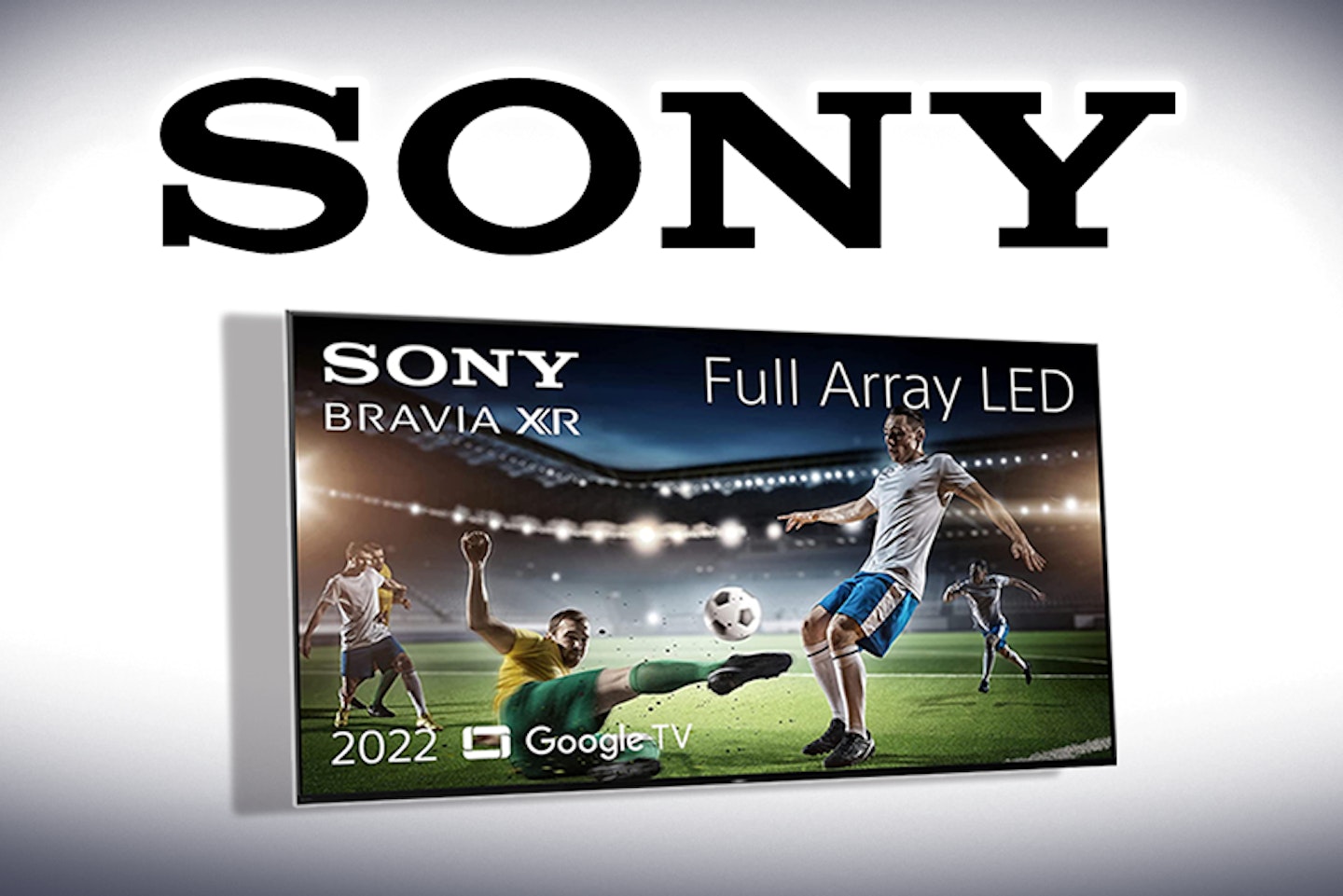
Where would this run-down of the best TV brands be without Sony? The gargantuan Japanese electronics company has been making state-of-the-art home entertainment tech since the 1960s.
As far as premium brands go, the best Sony TVs are a showcase for its proprietary technologies for picture enhancement, such as its Triluminos colour reproduction. Although Samsung has forged ahead with QLED panels, Sony was actually the first to launch a Quantum Dot-based screen.
Its Bravia range has been a Sony staple for many years, including OLED, QLED, Full Array LED and Mini LED panel types. But you can also expect some incredible advances in AI processing and specialist gaming features; not to mention innovations in sound reproduction, such as Acoustic Surface Audio+.
If you want your set to intelligently make sound originate close to its on-screen source, Sony TVs are your top choice.
Philips
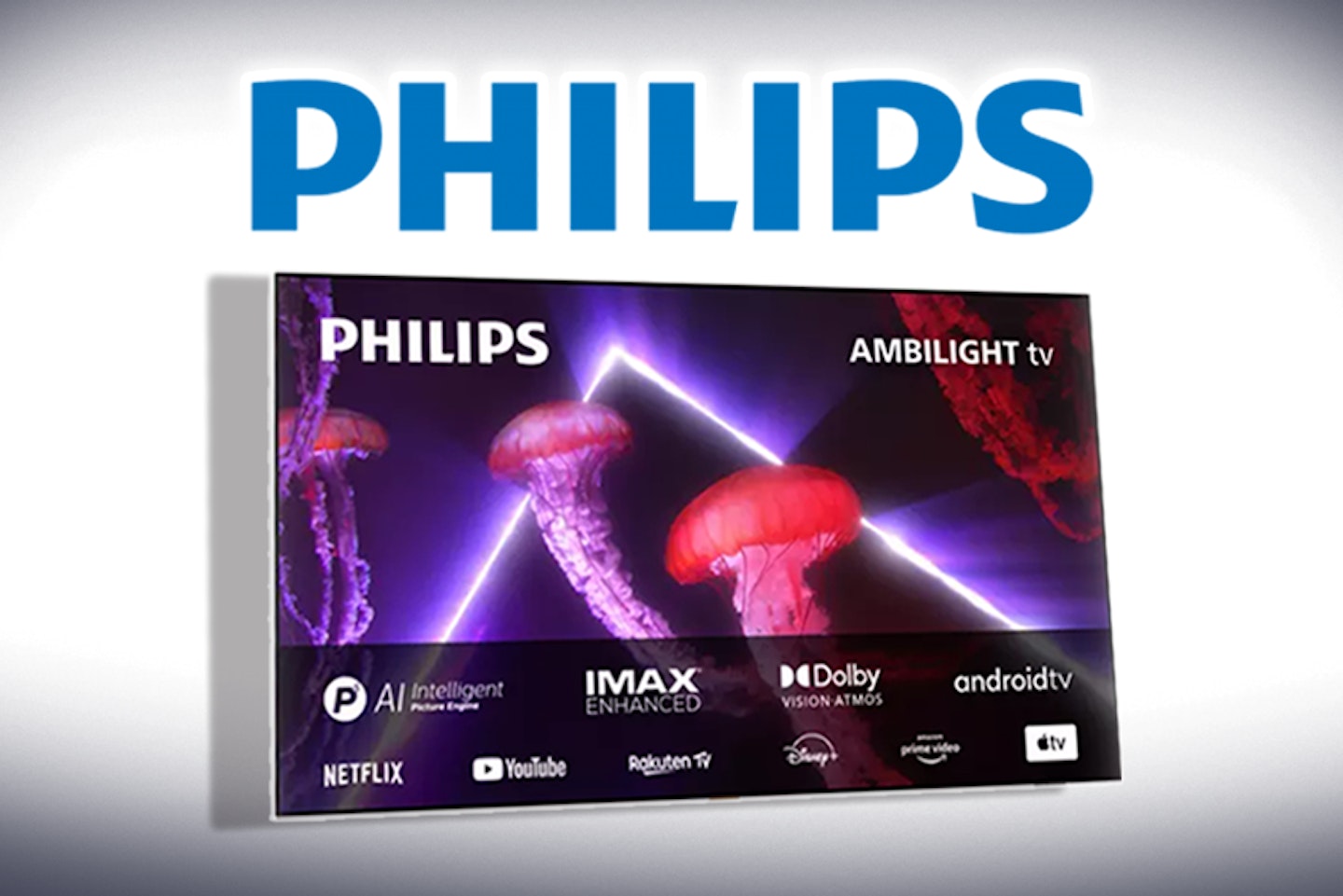
Perhaps the odd one out here in geographical terms, Philips is a Dutch brand famous for developing the Compact Cassette, and Compact Disc alongside Sony.
It predates all of the other manufacturers here, having corporate lineage back to 1891 and the production of filament lamps. Now though, the company’s product range encompasses household appliances and electronics, great televisions included.
In terms of being one of the best TV brands, Philips TVs are perhaps best known for marrying the latest panel technology with innovations to more tightly integrate its equipment into our homes. The prime example is Ambilight.
Ambilight succeeds in creating a big-screen feel through the clever use of colour-matching LED lighting built into the rear of the set itself. As the on-screen action unfolds, the predominant colours on-screen are mirrored onto the wall behind.
The result is increased immersion that has to be experienced to be believed. There are the usual smart TV offerings to their line-up as well, all with sleek refined looks, and of course sizes all the way up to massive 80-inch TVs and larger.
Panasonic
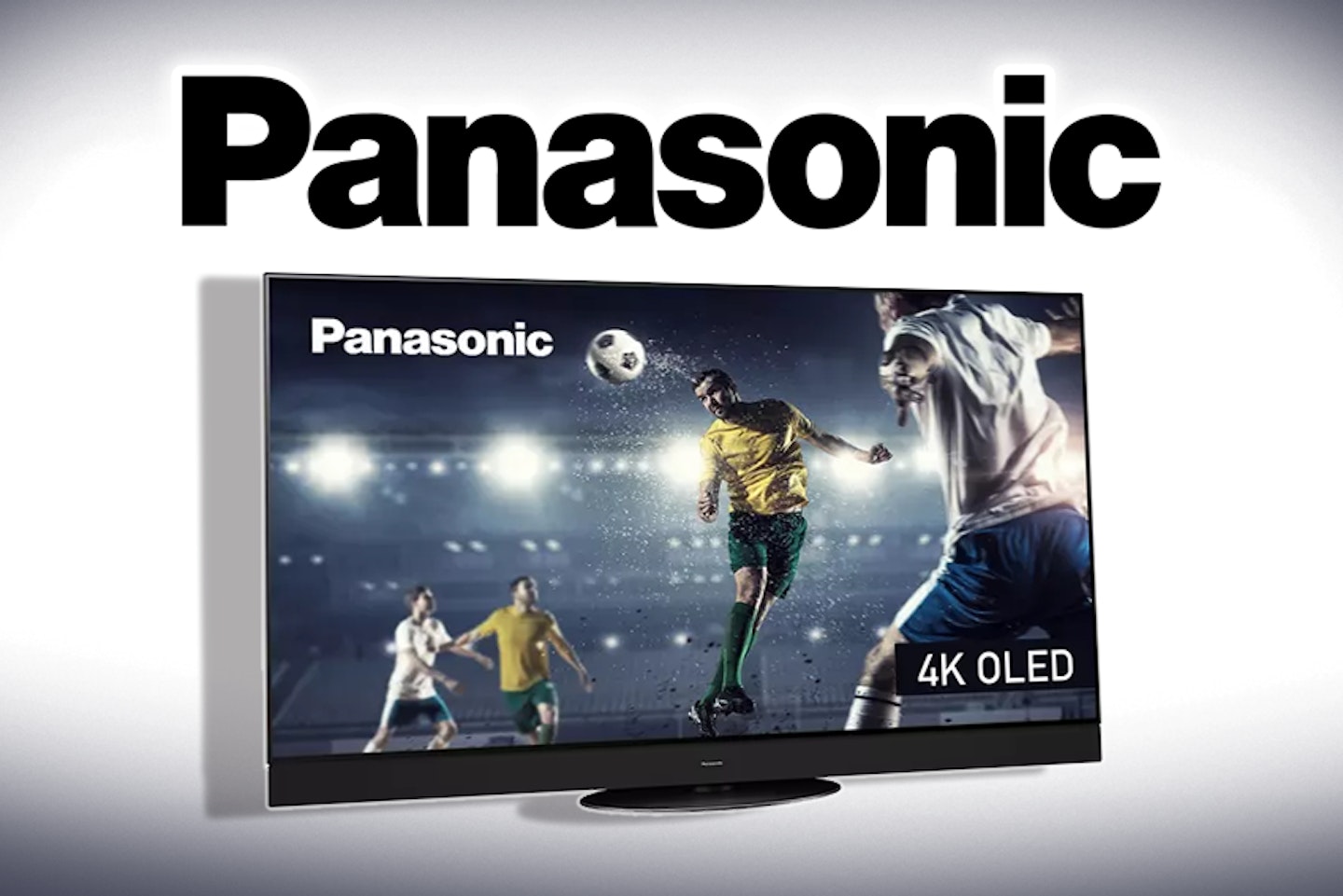
For decades now, Panasonic has managed to carve out its premium-price TV niche, nestled alongside Samsung and Sony. Formerly known as Matsushita, the brand has always been front and centre in electrical stores.
Today, the company’s TV offering is still sizable, with a huge range of sets of all sizes and resolutions. You can, much like the others here, find incredible OLED, QLED and 4K smart TVs with lots of smart bells and whistles.
But one of the things that many note about Panasonic TVs is the refined, understated design and prominent picture processing and sound tech. This takes aim at film connoisseurs and those who want to take their home cinema experience to the next level; certainly in terms of accurate colour range and contrast.
Many Panasonic TVs now feature Netflix Adaptive Calibrated Mode for watching content as the Director intended. Panasonic has been around the premium TV block a few times - they really know their stuff.
Best TV brands - Buyer’s guide
The chances are, if you’re reading up on the best TV brands, you’re probably thinking about purchasing a lovely new screen for your lounge or home cinema. We have several guides designed to help you choose, from what size TV is right for your room, to separate explainers on OLED and QLED TV panel technology.
As a more general guide, here are our three main pointers for things you should consider when buying a new TV.
Size:
The most obvious mistake many buyers make is going too large for their available space. If your starting point is a manufacturer’s website you’ll be presented with the flagship models first - boasting screen sizes over 65 inches, with more gadgetry than the International Space Station.
If that’s your bag, and you have enough cash in the bag too, go for it - but measure up first. And we’re not just talking about physically fitting it through the door and into the corner of the room.
We also mean taking into account the optimal viewing distance. You will want to avoid eyestrain or neck aches brought on by sitting too closely to your 85-inch monster of a set.
Panel type:
Your choice between the mainstays of TV tech (OLED panels, QLEDs, and LEDs) will be based on what you’ll be mostly using the television for.
Gamers will probably want to consider this carefully, as will movie fans, as the choice will impact some really basic factors - such as peak brightness, contrast, black levels and colour accuracy. There's a run-down of the most popular panel types around today, and what they’re best at, in our jargon-buster section below.
Brand:
Last but of course far from least - choose a brand you like. As much as we’d like to think that our recommendations for the best 65-inch TV are right for most buyers, the truth is we all have our favourites.
If you’ve always been a Panasonic customer, perhaps you’ll always find their approach to menu systems familiar, and if you’re a lifelong Samsung fan perhaps you’ll always feel more comfortable with its build quality than others.
By choosing a TV brand you already know and trust, you’ll be that much closer to buying the right TV for you.

TV jargon buster
All this talk of Samsung and JVC has put us in the mood for a good old-fashioned jargon buster. After all, there’s no point in being clued up on the best TV brands if you’re still wondering what refresh rate or HDR will do for you. If that’s you, we’re here to help. Before we dive in, a quick mention about TV panel types.
Panel types
As mentioned above, there are quite a few to choose from beyond the run-of-the-mill LCD screens we’re all used to. If you want to know what sets them all apart, see the jargon buster section in our article about the best TVs for bright rooms - there’s a neat explanation of OLED, QLED, Mini LED and Full Array LED there. Newer panel types include Samsung’s QD-OLED (mentioned above) and LG’s NanoCell which is an excellent colour enhancement layer over a more traditional LED-backlit LCD panel.
4K UHD
Picture quality can be measured by the number of pixels on the screen. A 4K (or Ultra High Definition) screen has roughly 4,000 pixels - around four times the number in a standard full HD display.
HDR and UHD
HDR stands for High Dynamic Range. As the name suggests, this is a huge enhancement and expansion of the colour range of your picture. Whites are brighter, blacks are blacker. It also accentuates light, detail and depth. HDR also delivers in excess of one billion colours. HDR comes in various versions - with HDR (HDR10), HDR10+, and Dolby Vision being progressively better than the one before.
HDMI 2.1
HDMI 2.1 is a digital audio-visual connection with enough bandwidth to support higher resolutions and refresh rates. This includes 4K UHD at 120fps and 8K UHD at 60fps.
Gamers, in particular, will probably want to look out for this feature as it means smoother gameplay, especially If you want to unleash the Xbox Series X or PlayStation 5's true power.
Refresh rate and VRR
Refresh rate is the number of times the screen refreshes the entire image, per second. Measured in Hertz (Hz) a 60Hz TV will refresh an image 60 times, and a 120Hz TV will refresh an image 120 times.
Therefore, the higher the refresh rate, the smoother the moving image appears to the eye. This is particularly important for gamers or those who watch fast-moving action like sports.
VRR, or variable refresh rate, also provides a huge boost for gamers. Often supported in various ways (such as Nvidia’s G-Sync, and AMD FreeSync technologies) this means the TV will actively monitor the content that’s being displayed and vary the screen’s refresh rate accordingly.
This makes for even smoother and more detailed motion depending on the scene or movement of your game.
Chris Duffill is a Tech Product Writer for What's The Best and Yours. His background includes writing, editorial, marketing, design, video and photography. He specialises in home entertainment and audiovisual tech, including speakers, amplifiers, turntables, streaming media players, TVs and more.
He is also one of our resident experts in computing (PCs, tablets, smartphones, smartwatches), DSLR photography and all kinds of digital cameras. He also writes about retro gaming, game consoles and various electronic gadgets. If it plugs in, lights up or makes a noise, he’ll write about it.
Subscribe to the What’s The Best Newsletter to keep up to date with more of the latest reviews and recommendations from the rest of the What’s The Best team.
